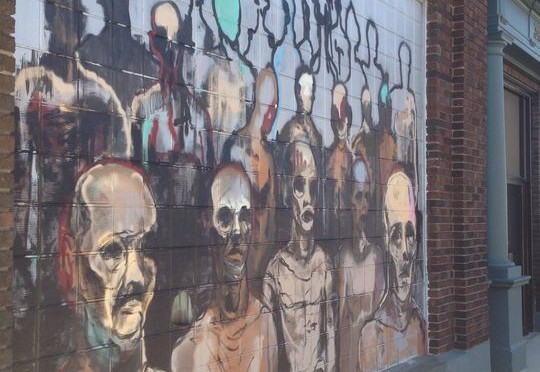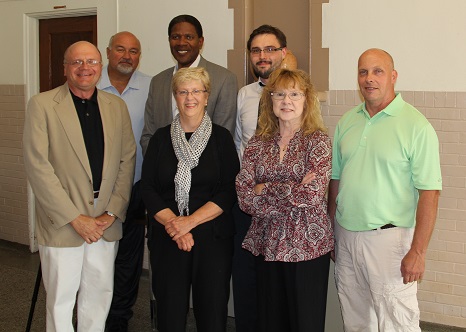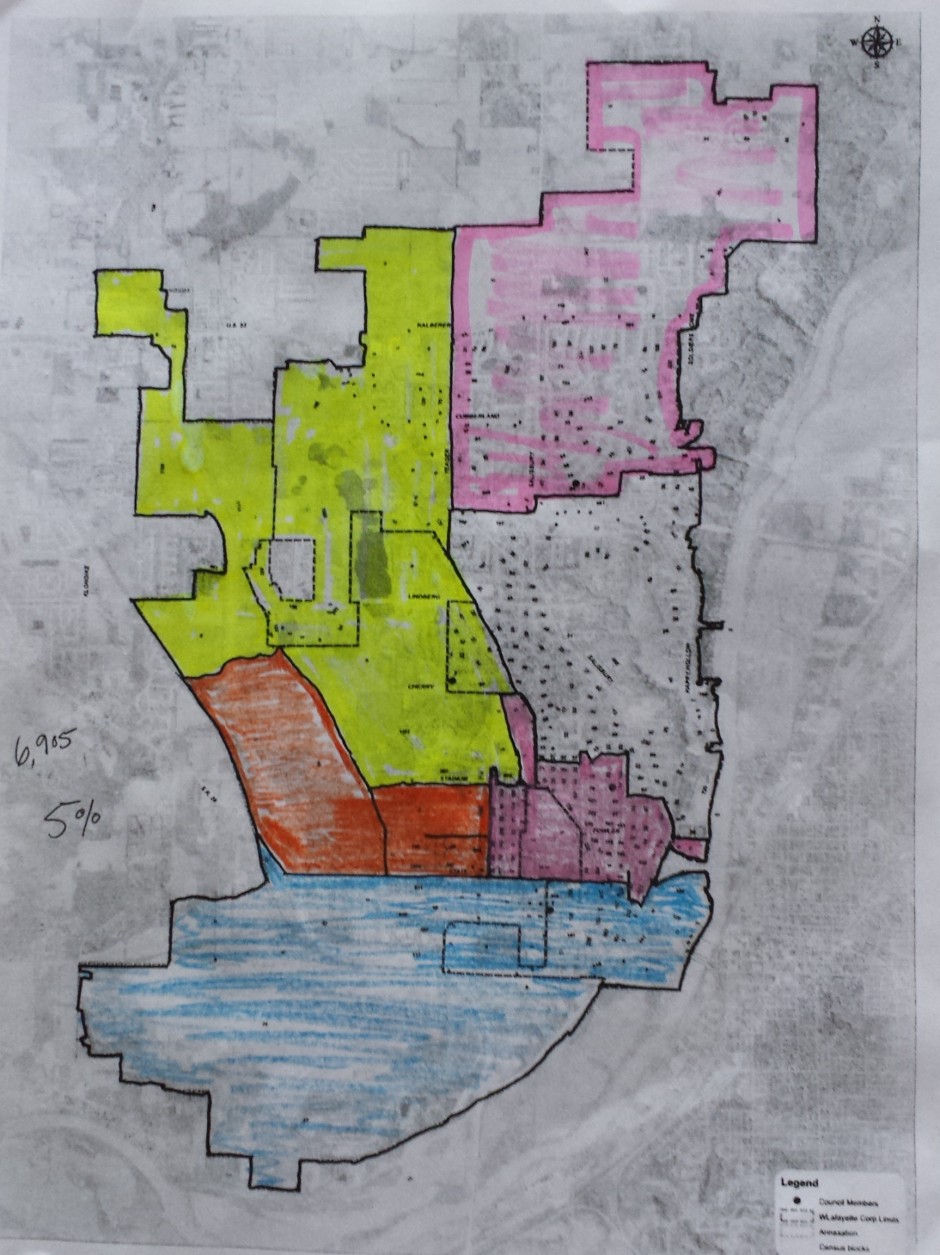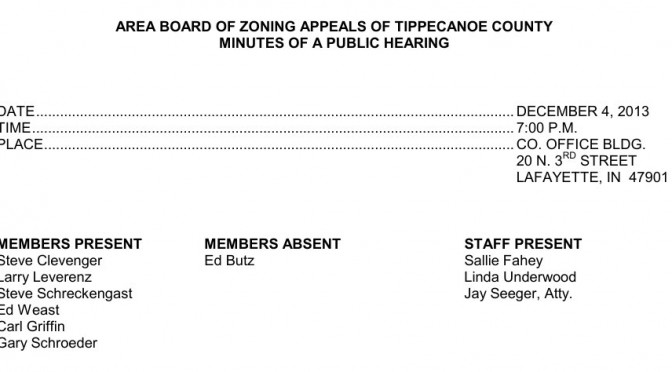I awoke this morning to read Dave Bangert’s wonderful piece (Bangert: Critical mass for graffiti project?) on the latest round of criticism and censorship for a work that is part of Zach Medler’s #smallspaces art project in Downtown Lafayette.
This time, it concerns a zombie piece, created by an MFA student at Purdue, Sagan Newham, on the side of a building near 5th and Ferry streets.

I am curious. Since the City of Lafayette is reacting in such a way with public art, how does this affect other public space type projects? How does the City respond to a building development proposal based on aesthetics? What about other public art pieces? Parks? Landscape designs?
Tom Shafer had some good ideas discussing public space and its inclusion in our daily life:
“If the work was in a gallery, the public could decide whether or not to look it. Medler’s concept is that if the people see public works of art every day, then the art becomes a part of their life,” Shafer said.
“When the city bought into this without subject matter and expertise guidelines, they ran the risk of underdeveloped concepts and subject matter that the general public cannot appreciate. Is some of the work poorly done? Yes. Is some of the work exceptional? Yes.”
Again, how would Tom’s criticism look if we were discussing buildings, businesses, parks, etc?
One aspect of #smallspaces that softens these types of criticisms is that if nothing else, they will be re-evaluated in two years. A building, park, landscape design is a bit more permanent.
This reminds me of a conversation we had during the State Street Master Planning process regarding public art: How do we include a sunset clause for public art? Not everything deserves a permanent home or can last for decades. What seems appropriate and inspiring today, may be insulting or dull in a few years. What processes exist to remove public art in our current City code?
For now, I ask us to consider the same concepts, and more, when we are evaluating other long term and highly impactful aspects in our urban life.
At least in Lafayette, one or two people can have a major influence over what stays up, gets censored, moved, etc. Let’s hope the same magnitude of citizen power can be yielded in other public arenas that are just as significant.



